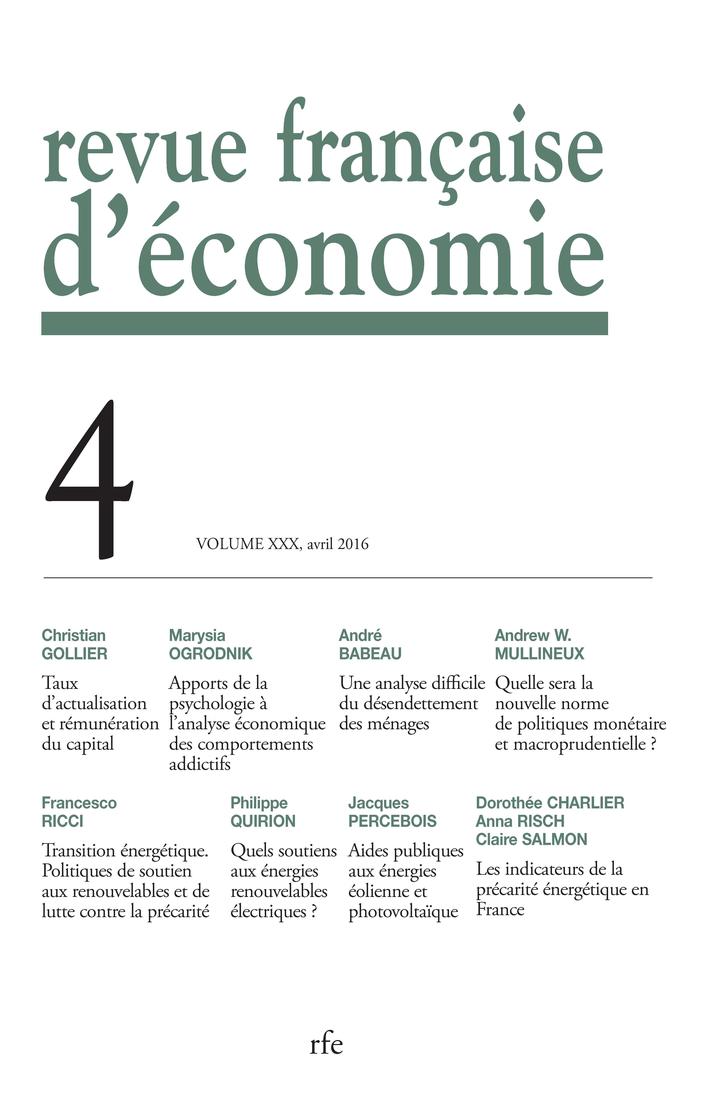The long -term consequences of current monetary policies |Active Agefi
The monetary and budgetary policies adopted in full pandemic made it possible to amortize the economic shock and to give time to the researchers to develop vaccines against the COVID 19. Even the most orthodox economists in financial matters had to recognize it and were askedto review their models.More importantly, the very perception of priorities comes out turned upside down by the responses that have been brought to deal with the economic crisis.What political decision -maker can now claim that there is no more money to solve this or that problem?What weight weighs the objective of reducing deficits when there is still so many emergencies to be settled on the social or societal level?The pandemic made it possible to open the Pandora's box in large boxes and to bring down the veil of a reality which was still masked for most citizens: there is no limit to monetary creation.
Since 1971 and the end of the Bretton Woods agreements, the creation of money has no more material consideration. We are in a system of "fiat currency" (1), that is to say a system where the characteristics of money (name, status, quantities) depend only on the goodwill of central power. To look good and avoid the drifts of the past, the system implemented during the second half of the 20th century first sought to divide the responsibilities relating to the creation of the currency. States have therefore gradually established kinds of independent administrative authorities, central banks, responsible for monetary creation. The independence of the Banque de France was thus noted until 1994. Until the implementation of asset purchasing policies by Japan in 2001 and the Fed in 2008, the monetary creation of banks Centrals was mainly carried out indirectly via the fixing of the refinancing rates of commercial banks to the central bank. It is the commercial banks that remain on the front line, via the credit channel. The system seemed to have found its balance. On the one hand, economic growth was not restrained by a monetary creation only based on the amount of gold available. On the other hand, the temptation to let the amount of paper currency spinned by the existence of an independent central bank whose statutory objective is to maintain the value of the currency.
Unstable balance

However, far from being a stable balance, the current monetary system is analyzed more as an unstable balance. It is subject to constant pressure on both private agents and on the part of public officials, whose short -term interest is to ensure easy access to credit. The financial crises that followed one another in the 21st century and the current health crisis finished undermining the illusion of a balance system. States have used the fastest solution available to them to ensure the cohesion and stability of the company, make deficit. Put before the fait accompli or an accomplice (each will make their opinion), the central banks had no choice but to follow and finance these deficits. First of all, timidly, we remember the precaution of Alan Greenspan to raise the rates of the Fed in the early 2000s, then voluntarily from the 2008 financial crisis and finally in a completely released manner with the COVVI-19 .
In 2020, all debt records were broken.According to the IMF, the world debt has reached an amount of $ 226,000 billion, an increase of 28 points in 2020 to reach 256% of world GDP, mainly attributable to the boots issued by the States.The global public debt ratio abounds at a record level of 99% of world GDP.This increase in public debt mainly concerns advanced countries where public debt rose from around 70% of GDP in 2007 to 124% of GDP in 2020.
These figures no longer scare no one.Already before the health crisis, only a few boring experts recalled that this debt "orgy" had to stop.Now, thanks to the "magic money" of central banks, having a discourse on deleveraging has become inaudible.How to prove the theorists of debt to us who keep scared us all the advantages to go into debt thanks to this cornment of abundance that is money from central banks.
Head on debt?
Let us quote pell-mell some of their arguments. First of all, a central bank cannot go bankrupt, since it is she who creates the currency! The unbearableness of the debts of states? Nothing to fear either! Due to the drop in interest rates, the debt burden of states in developed countries has never been so low. Take the case of France. According to the 2022 finance bill, the debt burden should remain close to its lowest level reached in 2021 at 36 billion euros. In 2022, the charge of public debt will be 8 billion euros lower than the charge paid in 2012 when public debt represented 90% of GDP against 116% today. Consequently, why want to be deleted, since the more we get on, the more interest rates drops ... Moreover, according to the thurifiers of the debt, the inflation which seems to come back will reduce debt ratios thanks to the Increase in GDP.
Yet any reasonable person, feels very confusedly that there is something wrong in the land of magic money. If the current formula was the final response to crises why did it not appear earlier? The answer is that this temptation to flee forward by debt is old as the world, simply it takes a more sophisticated turn today that makes us believe that this time is different. Even if common sense alerts us on the resort too systematic to monetary creation to resolve difficulties, the level of social acceptance is still very high even if the development of reserves of a new genre like cryptocurrencies, nft And other cryptoactives alert to the start of a distrust. Same observation for real estate and actions. This inflation of the price of real assets is nourished by the abundance of liquidity so that one can even reverse the point of view and consider that it is not the price of the real assets which rise but rather the value of the currency which decrease.
Heritage inequalities
The increase in the price of real assets has direct consequences on the distribution of heritage. Society does not form a uniform whole and monetary policy does not impact all economic agents in the same way. Take the example of households. These can be characterized by their propensity to consume. In your propensity to consume is low, the higher your savings rate, the more you will have the capacity to invest in real estate, stocks, cryptoactives and thus to take advantage of the increase prices allowed by generous monetary policies. Conversely, the stronger your propensity to consume, the less you can save and therefore enrich yourself. The situation is even worse in reality since the increase in real estate prices following the increase in rents, it is the even purchasing power of modest households that is started by the increase in asset prices. We can retort - and we will be partially right - that public deficits financed by monetary policies are intended to ensure the maintenance of the purchasing power of modest households in the crisis phase. However, at the time of doing the accounts, it is the wealthy households who benefit the most - by far - from the easy money policy thanks to the progression in value of their heritage. Maintaining an overall stable income gap in recent years in reality masks a very strong increase in heritage inequalities.
However, the real price of monetary expansion is not to be sought within developed countries, but rather in emerging countries.In front of Caller their monetary policies on those of developed countries, central banks of emerging countries cannot follow the central banks of rich countries in their excesses of monetary creation under penalty of seeing their inflation fly away and their motto unscrew.
The policy of monetary expansion remains the prerogative of rich countries with strong currency, or in other words, only rich countries can afford to play with their currency, not poor countries.By increasing their money supply disproportionately while their motto remains stable, the rich countries take care of the heritage on the back of the populations of poor countries, further increasing the inequalities of wealth between developed and developing countries.Thus, the same cleavage that we find here between rich households and poor households is found on a larger scale between rich and poor countries.
(1) Latin "fiat": "that this is like this".










Find out how to remove the tartar on your dog's teeth
Under what conditions can you have an inflatable jacuzzi on its terrace or balcony?
Grass mower a perfect lawn!
Grandmother stuff: 3 stuff to remove a lawn stain